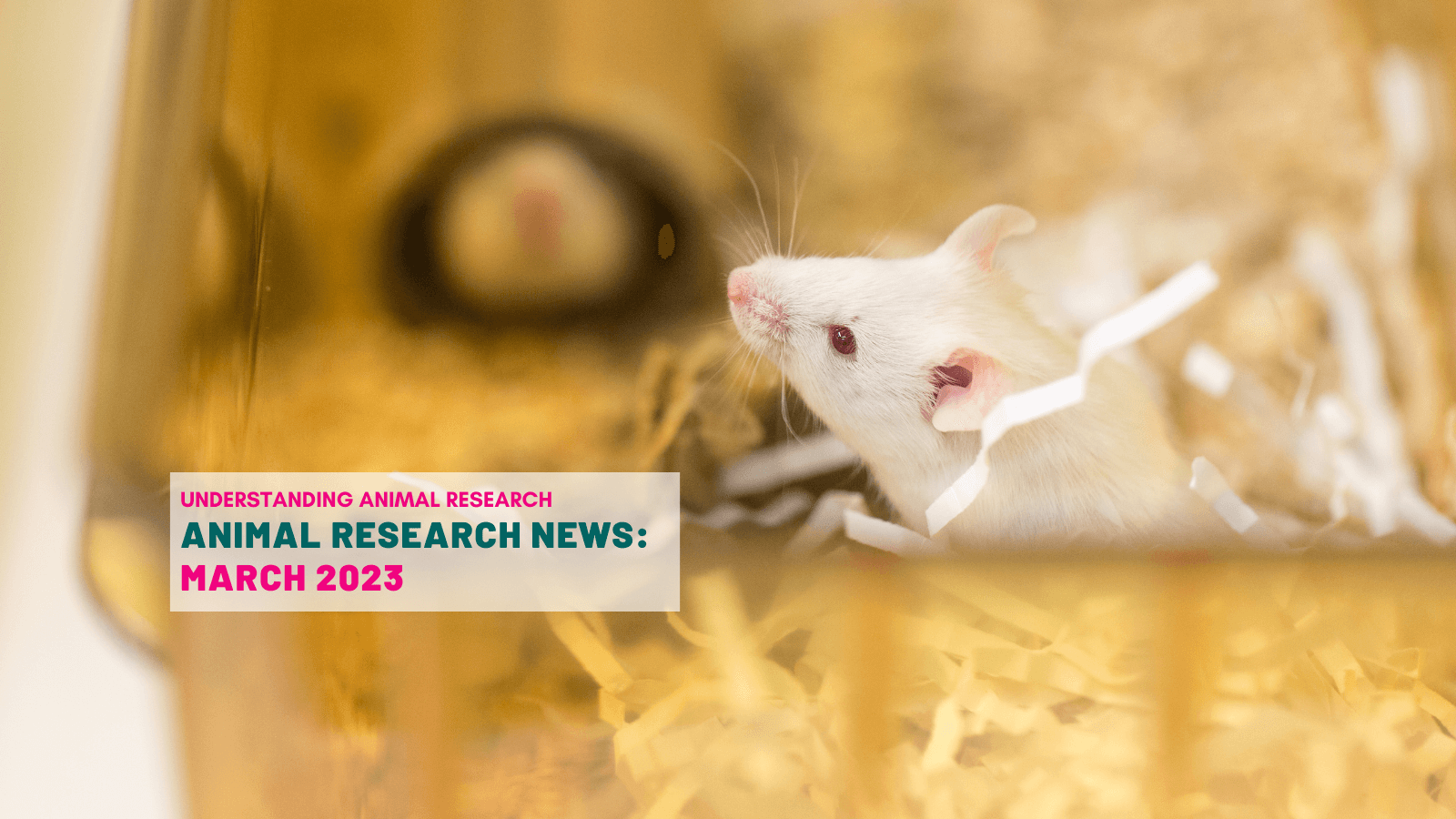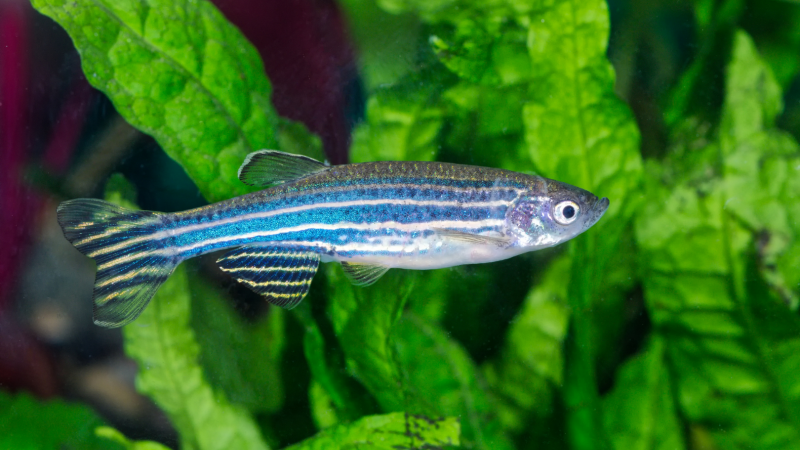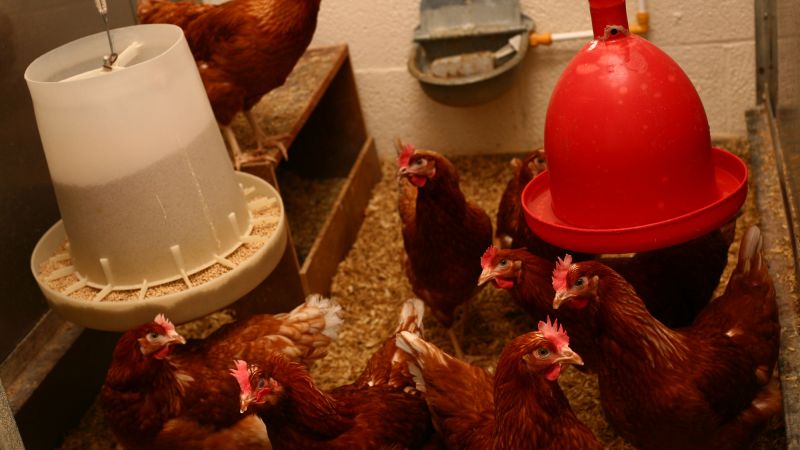Vaccine treats mice infected with Candida auris
Candida auris is a drug-resistant fungus that kills 30-70% of those infected. The Lundquist Institute has created a vaccine that effectively treats mice infected with C. auris. The next step is human trials.
The vaccine used to immunise mice is composed of dual Candida cell surface antigens, which upon vaccination produce neutralising and immune enhancer antibodies. The vaccine also induces T-cell immunity against the fungus, allowing mice to survive the infection.
Eggs made from male mice cells
Prof Katsuhiko Hayashi from Osaka University told a gene-editing conference at the Crick Institute that his team had made mice eggs from male mice cells.
They first took a skin cell from a male mouse and turning it into a stem cell - a cell that can turn into other types of cell. The cells are male and therefore have XY chromosomes. Prof Katsuhiko's team deleted the Y chromosome, duplicated the X chromosome and then put the two X's together. This modification allowed the stem cell to become an egg.
This technique is unlikely to be available to humans for some time.
"Even in mice there are many problems in the quality of the egg. So before we can think of it as a fertility treatment we have to overcome these problems, which could take a long long time," Prof Hayashi said.
Source: https://www.bbc.com/news/science-environment-64893170
Thermal imaging cameras used to record mice peeing and reveal social interaction
‘Urine scent marks are the original social media, allowing animals to advertise their location, status and identity.’
Now Cornell research uses thermal imaging of mice pee to see how behaviour changes depending on shifting social conditions. They found for example that mice that recently lost a fight become “pee shy,” while the victors increase their frequency of marking.
Source: https://www.eurekalert.org/news-releases/983642
Reference: https://www.nature.com/articles/s42003-023-04672-x
Zebrafish seem to be able to count when they are just four days old
Is perceiving ‘more or less’ counting? In this research new-born zebrafish were kept in a tank with black vertical bars painted on all sides for four days. Then they were moved to a new tank with sides with different numbers of bars and blank sides.
For the first 6 minutes that the larvae spent in the new tank, the researchers measured the amount of time they spent closer to one side or the other.
Overall, the larvae spent close to twice the amount of time nearer the side with the larger number of bars compared to the other side.
The world is going through its worst-ever outbreak of bird flu
Bird flu is an infectious disease of poultry and wild birds. As well as birds, some wild mammals - such as seals, otters, wild dogs and foxes - are now catching the disease.
"It originated amongst ducks in Europe and Asia, and spread to other birds," says Paul Digard, a professor of virology in the Roslin Institute at Edinburgh University.
The H5N1 virus, which is the most prevalent strain now, was first reported in China in 1996. It can spread through flocks of domestic birds within a matter of days, through birds' droppings and saliva, or through contaminated feed and water.
So may millions of domestic poultry have been culled that it has led to egg shortages.
Wild birds have been very badly hit. The UK's National Trust says between 30,000 and 50,000 wild birds may have died of bird flu on the UK's Farne Islands.
“The current virus has affected 80 different bird species," says Professor Munir Iqbal, the head of the Avian Influenza Virus (AIV) group at the Pirbright Institute.
The World Health Organization (WHO) says 870 humans have been infected with avian flu over the past 20 years, and 457 have died. These cases occurred when humans came into close contact with infected birds. WHO is monitored this virus see whether it is mutating into a form which can spread amongst humans.
Source: https://www.bbc.com/news/science-environment-63464065
Scottish Wildcat to be released in Cairngorms
The Scottish wildcat is one of the rarest cat species in the world and is critically endangered. A captive breeding project hopes to re-introduce the species into suitable habitat.
The project would also seek to tackle the problems behind the decline in the species.
Dr Helen Senn, head of conservation and science at RZSS, said numbers in the wild had declined due to habitat loss, hunting and inter-breeding with domestic cats.
Source: https://www.bbc.com/news/uk-scotland-highlands-islands-65065167
Last edited: 25 April 2023 14:30




